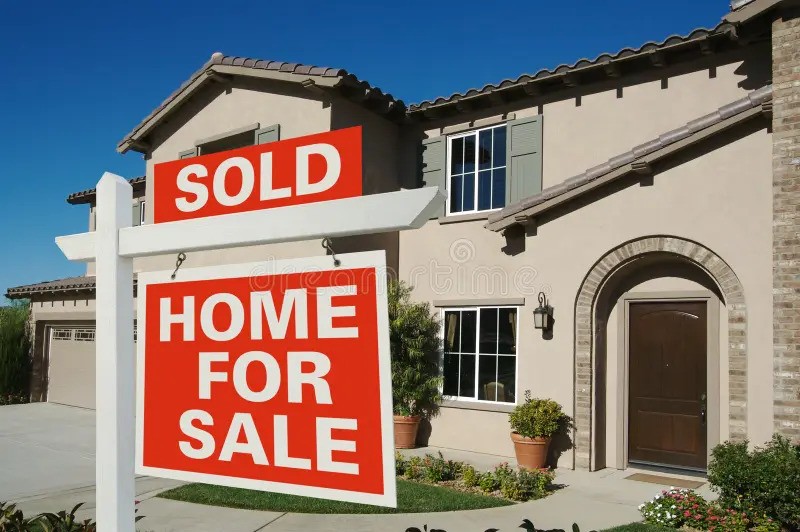Selling your home is a significant undertaking, and one of the critical decisions you’ll make is determining the list price. It’s not merely about the amount you hope to sell for but rather the strategy you employ to attract the right buyer. In this blog, we’ll delve into three distinct list price strategies that convey different messages to the market, providing insights on how to optimize value and secure the best offer.
Aspirational Pricing: Leaving Room for Negotiation
The most common strategy, aspirational pricing involves setting the list price higher than comparable sales, allowing room for negotiation. While this tactic provides a safety net for sellers, it carries the risk of deterring potential buyers who may perceive the property as out of their price range. The challenge lies in striking the right balance to attract offers while maintaining negotiation flexibility.
To mitigate the negative impact, developers should consider expanding low-income housing tax credits, waiving impact fees (as seen in Tucson), and introducing general-obligation bonds, as exemplified by the $65 million worth of affordable housing projects approved in Phoenix.

Perceived Market Value Pricing: Aligning with Comparable Sales
This strategy focuses on pricing in line with comparable sales, creating a perceived market value for the property. While it attracts traffic and is a favorable invitation for buyers, there is limited room for negotiation. Sellers aiming to secure a sale close to the perceived market value may find themselves with fewer offers, potentially landing slightly below the desired value. This strategy, while safe, may not elicit the competitive interest seen with other pricing approaches.
To address community objections, initiatives like “Home Is Where It All Starts” are crucial. Sponsored by public and private partners, these campaigns aim to bridge the gap between developers and communities, fostering understanding and dispelling negative perceptions.
Event Pricing: Enticing Multiple Buyers
Event pricing involves setting the list price below comparable sales, creating a compelling invitation for buyers. Despite initial reservations about pricing lower than desired, this strategy has proven to yield higher returns for sellers. By enticing multiple buyers to compete for the property, sellers often end up with offers surpassing what they would have obtained with aspirational or perceived market value pricing.

Determining the list price for your home is a nuanced process that goes beyond personal expectations. It’s about strategically positioning your property in the market to attract the right buyer. While each pricing strategy has its merits and drawbacks, event pricing stands out as a powerful tool to maximize returns. By understanding the nuances of these strategies and considering local market dynamics, sellers can navigate the complexities of the real estate landscape and secure an offer that aligns with their goals.




